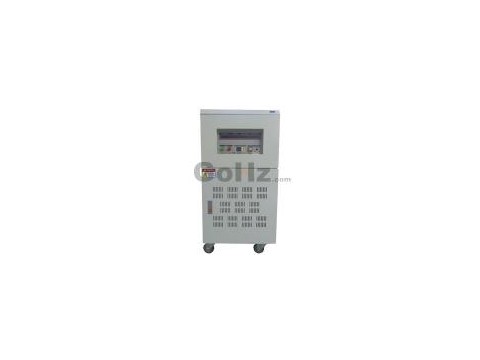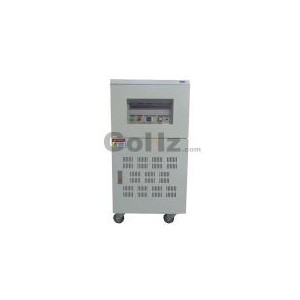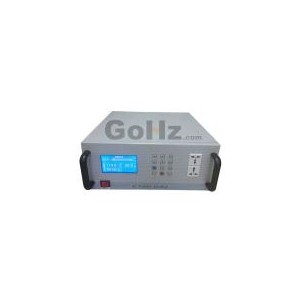AISI steel is (ferro) magnetic so it will have eddy-currents induced in it if used as the shaft AND rotor body in an 220v 50Hz induction motor - both at start (standstill), and during running if the slip is high. If the eddy-current losses are substantial - they will increase the starting torque above the traditionally calculated torque, and they will also change 110v 60Hz to 220v 50Hz during running under load.
Your rated speed is 1192 r/min, which means you will have a slip frequency of only 220v 50 Hz. In my opinion - this is too low a frequency to have substantial eddy-current losses induced in the rotor shaft during normal loaded operation. This also implies a 110v 60Hz motor, and that your losses of 33 vs 44 must be in kW? The increased torque obviously suggests higher ROTOR losses. But the fact that you mention the increased loss measurement of the 50Hz 60Hz frequency converter, makes me assume this is from a steady state loss test (please confirm), and the higher losses could be attributed to anywhere in the machine?
This tells me that it is not the reason for your 44 kW of measured losses versus 33 kW calculated. What load test are you using? Have you performed a Separation of Losses test according to IEC60034-2 or IEEE112? Have you performed a locked rotor test at various frequncies (220v 50Hz, 120v 60Hz) apart from just at 110v 60 Hz? This will tell you accurately what your rotor I2R losses are.




